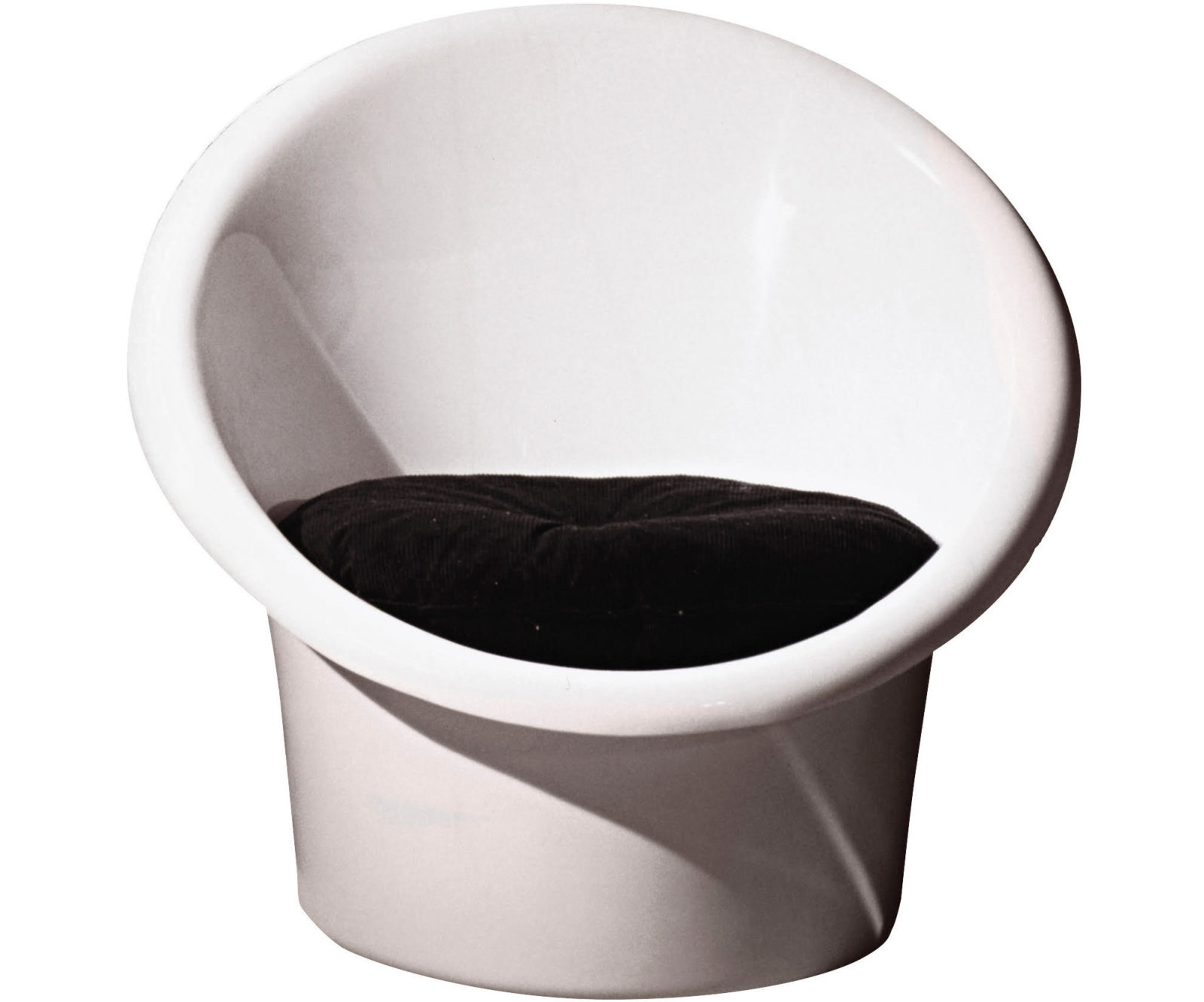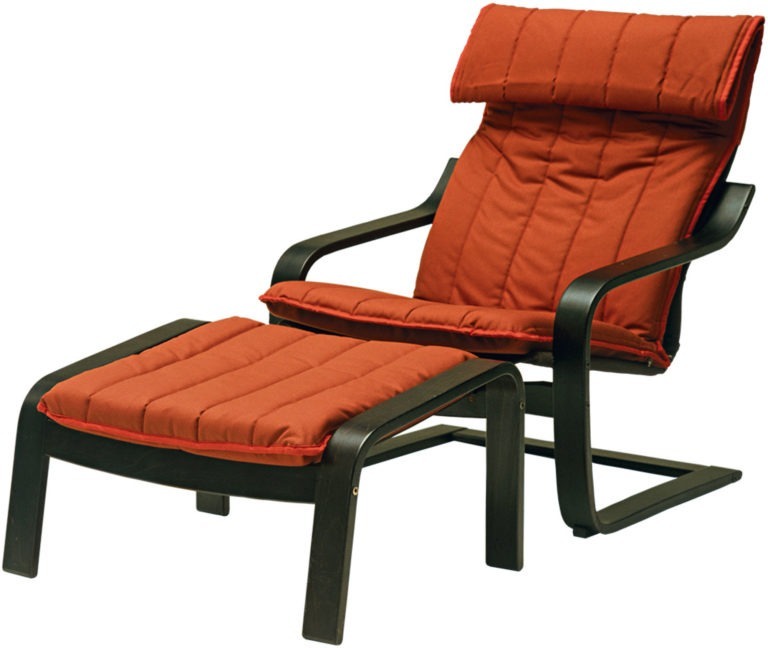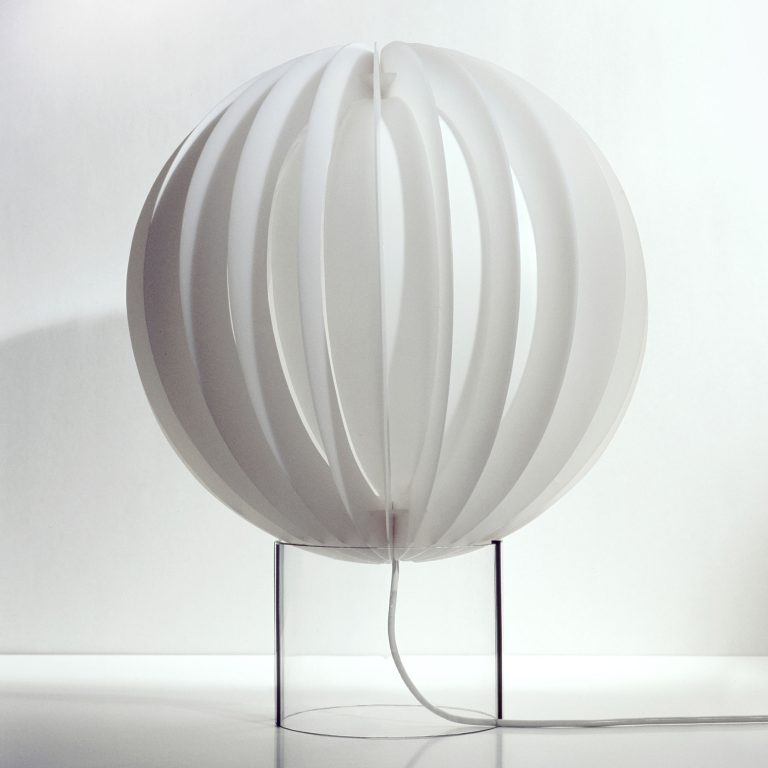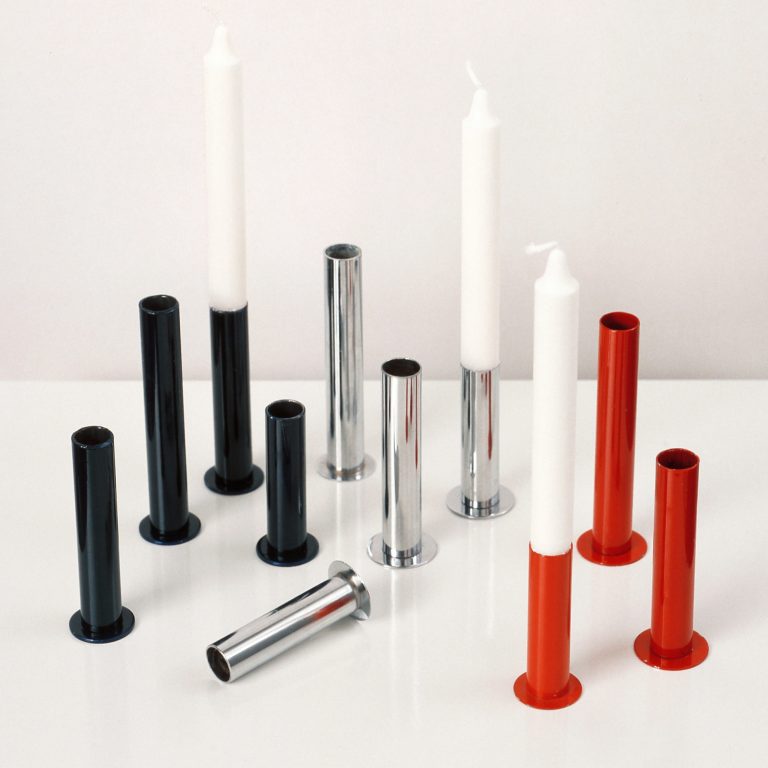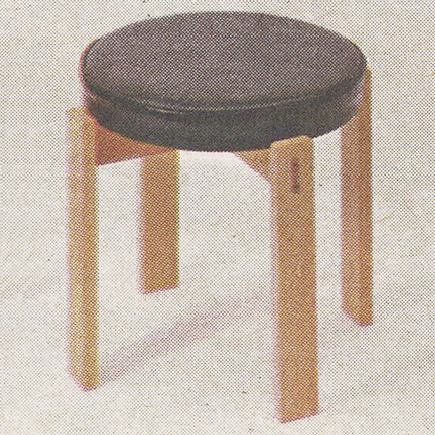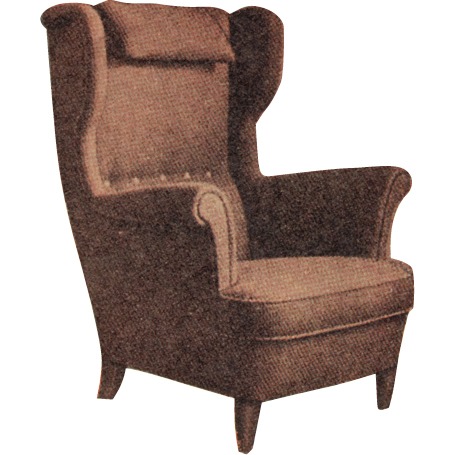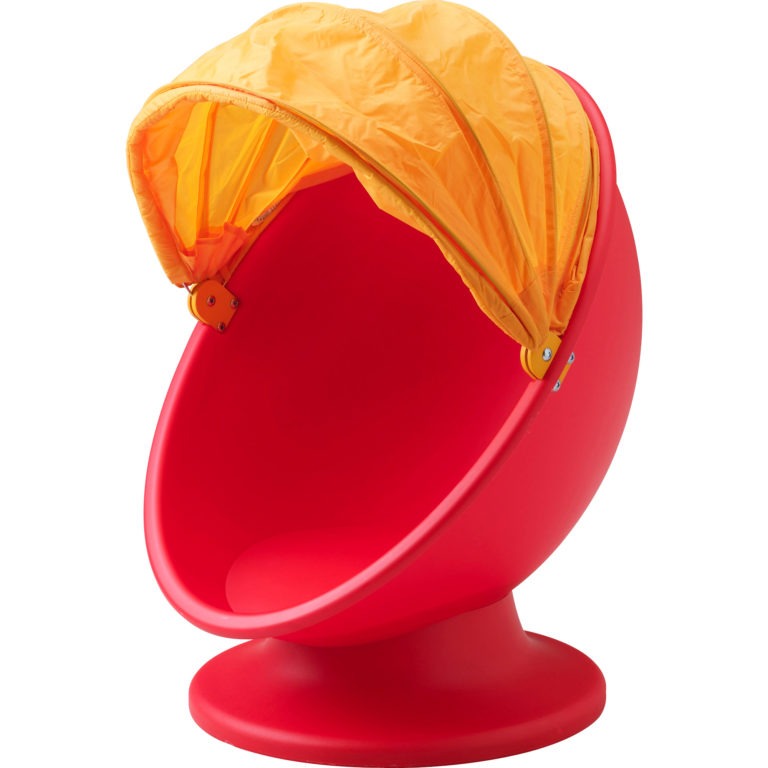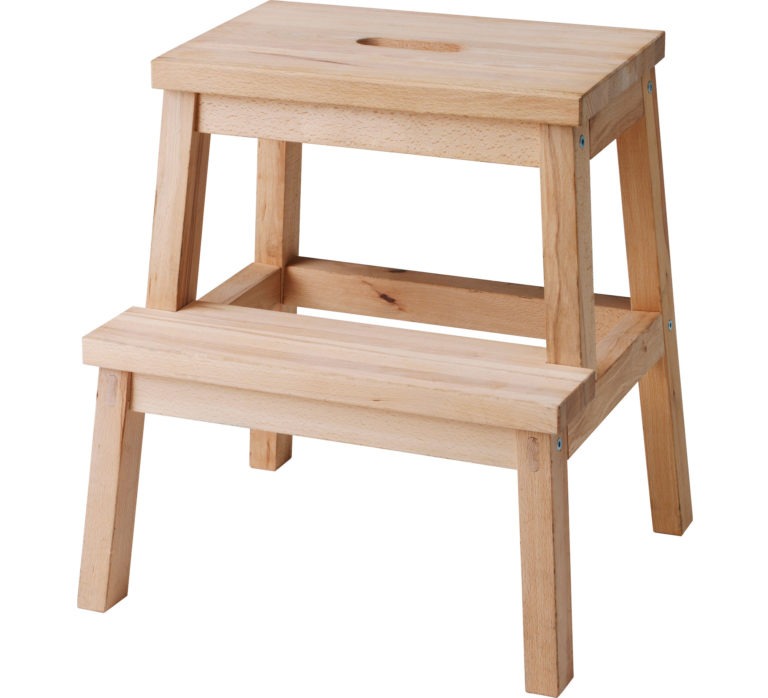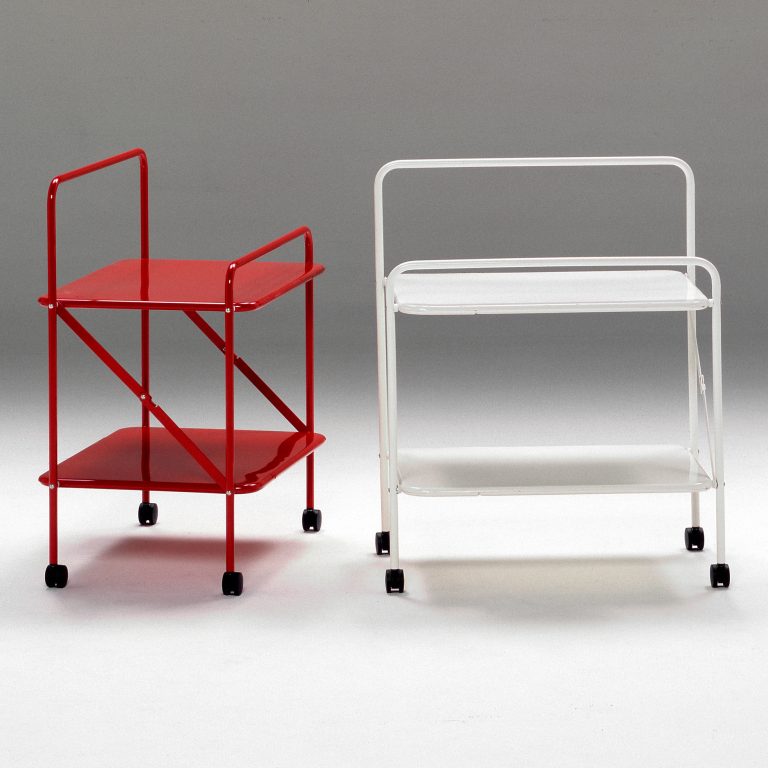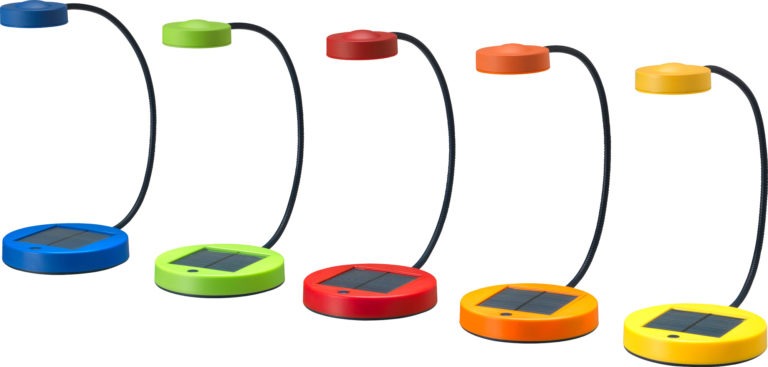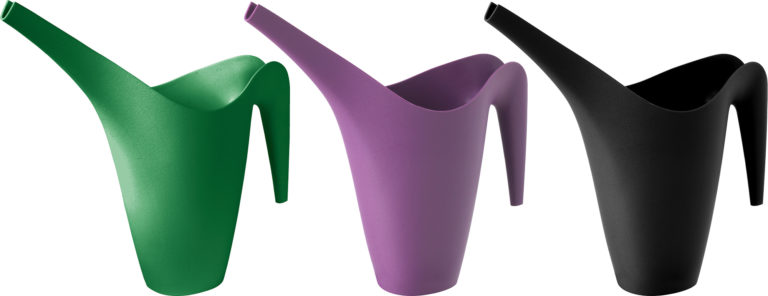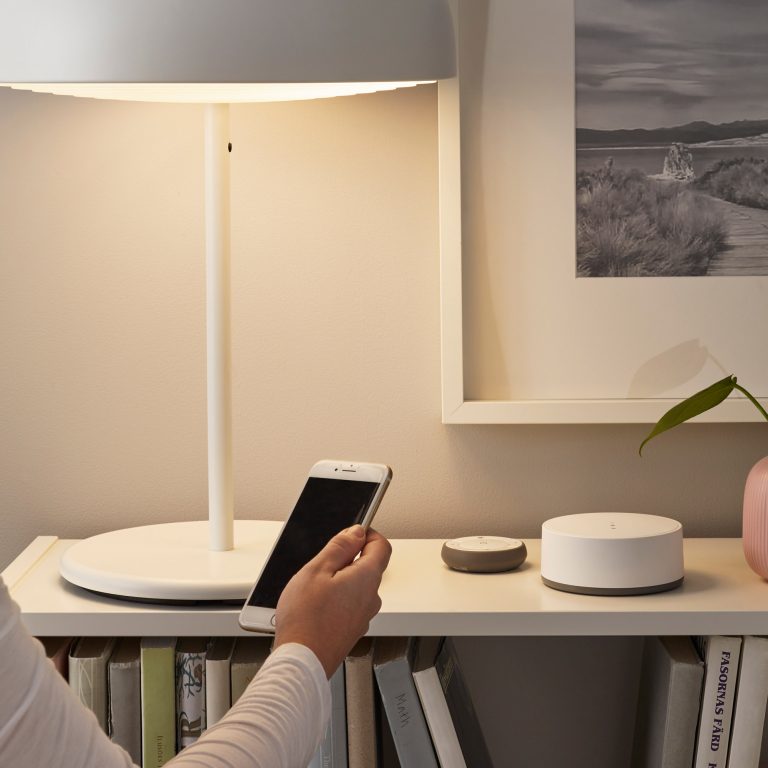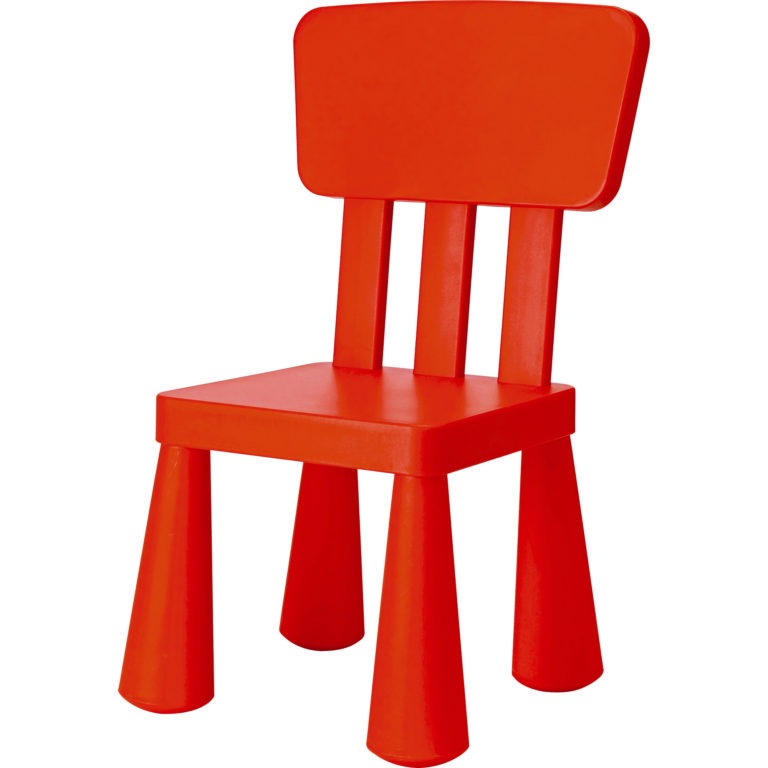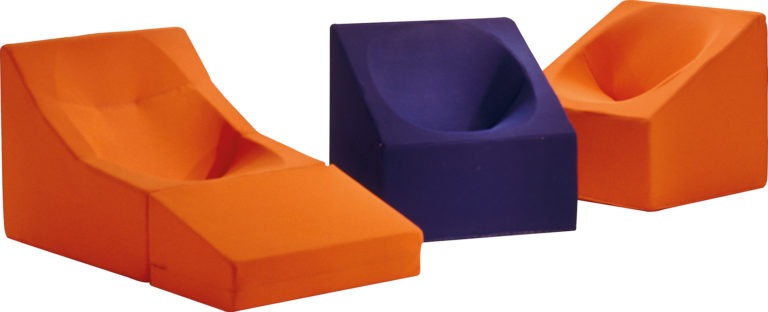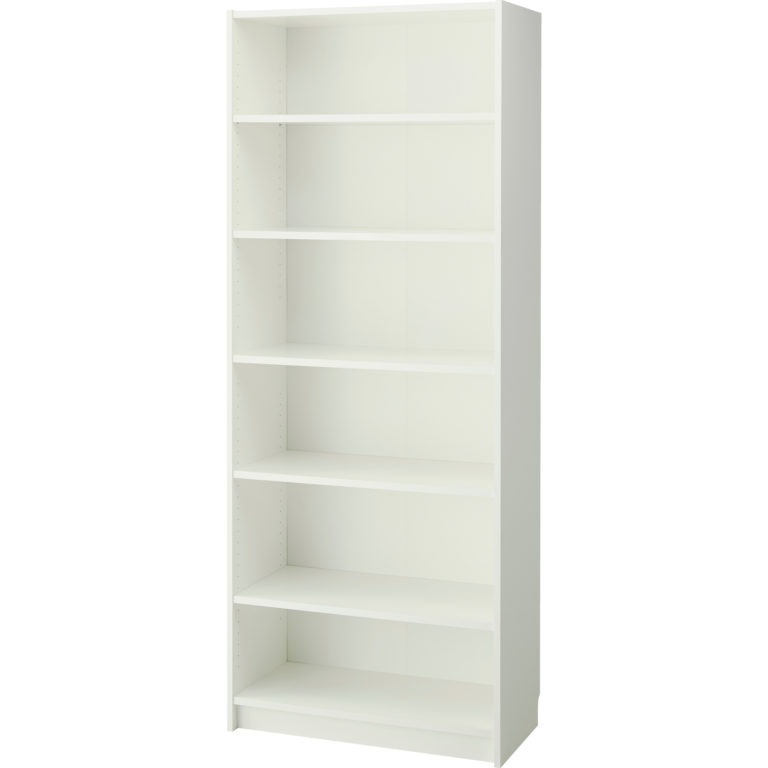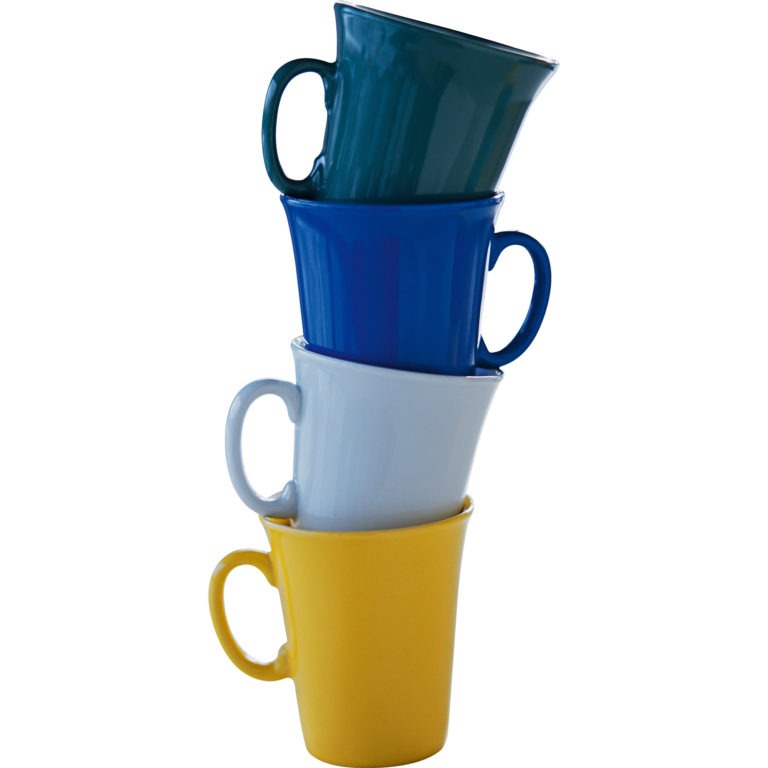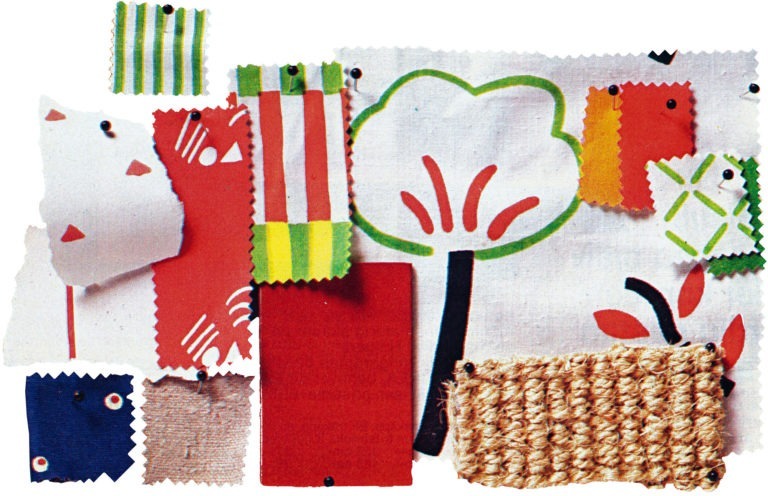The SKOPA armchair was designed in 1969 by Danish designers Ole Gjerløv-Knudsen and Torben Lind, who called it ‘spandestolen’ in Danish, meaning ‘the bucket chair’. If you’ve seen it, it’s easy to see how it got its name. The frame for SKOPA was available in trendy colours for the time: white, brown or orange. There was also a cushion covered in black corduroy or striped turquoise/orange cotton fabric.
SKOPA came along at a time when plastic was a trendy material. The light, mouldable material was used for colourful furniture that reflected the optimistic, youthful zeitgeist. The 1974 edition of the IKEA catalogue writes enthusiastically about plastic as “the material of the future”: “The product development of plastic is an exciting, lively activity. Old enough to build on knowledge and experience. New enough to stimulate designers and technical designers into intensive further development. IKEA began using plastic in earnest several years ago. And today, we’re well advanced. Here, plastic is not an expensive innovation. Admire the design and colour, buy and enjoy!”
When IKEA had bought the rights to the SKOPA, it was only natural to have it made at a factory that produced plastic buckets and bowls. And it worked out great. According to the catalogue, it was a “surprisingly comfortable armchair with fine proportions”. Light and stackable.
But the oil crisis was looming in the background. The price of plastic rocketed. In the 1976 catalogue, SKOPA was the only plastic furniture left. The production method was so efficient, that the armchair could still be made despite the higher material costs. SKOPA remained in the range until 1981.

